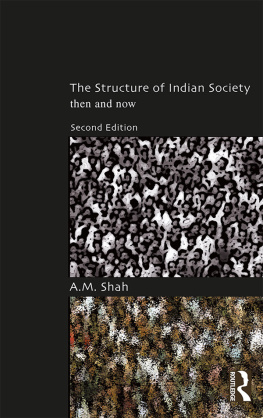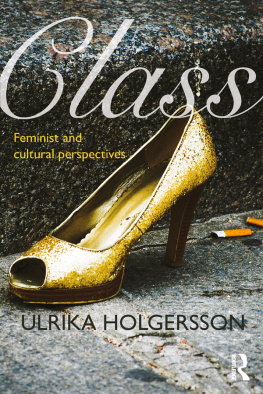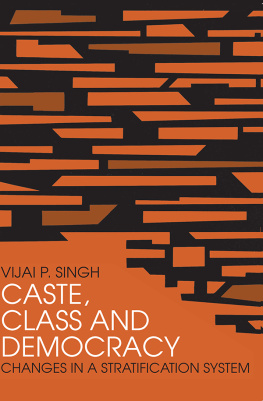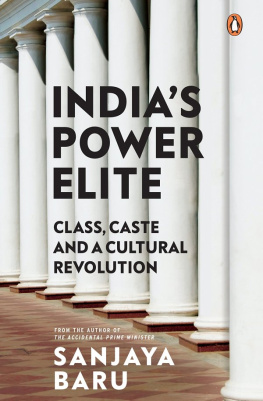First published 1994 by Taylor & Francis
Published 2020 by Routledge
2 Park Square, Milton Park, Abingdon, Oxon OX14 4RN
605 Third Avenue, New York, NY 10017
Routledge is an imprint of the Taylor & Francis Group, an informa business
Tamara Gunasekera,1994
All rights reserved. No part of this book may be reprinted or reproduced or utilised in any form or by any electronic, mechanical, or other means, now known or hereafter invented, including photocopying and recording, or in any information storage or retrieval system, without permission in writing from the publishers.
Notice:
Product or corporate names may be trademarks or registered trademarks, and are used only for identification and explanation without intent to infringe.
British Library Cataloguing in Publication Data
A catalogue record for this book is available from the British Library
Library of Congress Cataloging in Publication Data
Cataloging in Publication Data applied for
Typeset by
Bibloset, Chester
ISBN 13: 978-0-4851-9565-1 (hbk)
For many of the Sinhalese words used in this book there are one or more generally accepted English renditions. In such cases I have used one such rendition. For example, although the transliterated rendition for the high-ranking cultivator caste would be 'goyigama', in this book it appears in one of its common English renditions - Goigama.
All other Sinhalese words, including caste names, which do not have common English renditions, are represented according to the standard Roman transliteration found in Gair and Karunatilaka's Literary Sinhala Inflected Forms: A Synopsis,
For typographical simplicity, colloquial phrases, although not found in written Sinhalese, are also presented according to the above romanization.
Except for caste names, names of bureaucratic offices and words which have an accepted English rendition, all Sinhalese words are italicized. The only exception is the English rendition for 'manor house' - walawwe - which is italicized in order to avoid confusion with a similar caste name. All Sinhalese words are explained in the text when they first appear. Words that appear more than once in the text are listed in the Glossary, which also contains the transliteration of Sinhalese words the English renditions of which appear in the text.
rersonal names and surnames have not been transliterated but presented in the way they would commonly be written in English.
amuna, pl. amunu Sinhalese land measure, here equivalent to 2 acres of paddy land.
anda Crop-sharing tenancy in paddy cultivation where crop is divided equally between landlord and tenant.
Aracci (Sin. racci) Goigama caste minor headman with jurisdiction over a vasama.
stom From English phrase 'at home'; a celebration on a snerifl] occasion
aswedum (Sin. svddum) The process of bringing land into cultivation as a paddv field.
attam Cooperative labour arrangement used in paddy cultivation.
badda State department in the Kandyan kingdom.
banda (Sin. bana) Suffix meaning 'prince' attached to personal name of high-caste males.
bs Masons, carpenters, etc.; used as a suffix to the personal name when addressing or referring to such artisans, e.g. Piyadasa bs.
Batgam Literally rice villages. Name of low-ranking caste commonly known as Padu.
binna Uxorilocal marriage; carries with it connotations of shame and poverty for the groom.
caritaya Character
dhanaya Wealth
Dissava (Sin. disve) Governor of a province in the Kandyan kingdom.
Gallat Caste name of group who were traditionally blacksmiths.
gamsabhva Village committee/village tribunal/ village council.
gatiguna gedera goa iam Character House High land
Goigama (Sin. goyigama) Caste name of high-ranking 'cultivator' caste.
Grama Sevaka (Sin. grma svaka) Literally village servant - bureaucrat in charge of the smallest unit of local administration, the vasama.
hatara Four
hn High land on which swidden agriculture is practised.
Hna Caste name of group who were traditionally washermen.
kachchery (Sin. Kaccriya) District administrative headquarters, kankni Overseer on plantations.
kannamru Tenurial arrangement on paddy land where co-owners of a field rotate the parcels each year.
karu anda Crop-sharing tenancy in paddy cultivation where the tenant carries out half the tasks and receives the crop.
kone Hair gathered into a knot at the back of the head.
Korala (Sin. krla) Bureaucrat in charge of pattuwa.
korale (Sin. krle) Administrative division in the Kandyan kingdom.
kulaya kurakkan
Caste A type of millet.
kuruni Sinhalese land measure, here equivalent to 1/16 acre of paddy land.
ls Sinhalese land measure. 1 ls = 1 kuruni (see above).
maa iam Literally mud land; paddy land,
madaran Tenancy fee
maha Principal paddy cultivation season,
mahatmaya A respectful title (and vocative) for a
(Sin. mahatmay) person with some education.
mma/mmandi Mother's brother
manike (Sin. mnike) Suffix meaning 'jewel' attached to personal name of high-caste females; vocative used by lower castes when
mudalali (Sin. mudalli) addressing the former. A polite term (and vocative) for those engaged in trade.
nnda/nndamma Father's sister
nikya Sect of the Buddhist monkhood in Sri Lanka.
niyara Low ridges separating parcels of land within a oaddv field.
Padu See Batgam.
pla, pl. pl Sinhalese land measure, here equivalent to 5/8 acre of paddy land.
patabndi A form of vsagama name referring to a title bestowed upon an ancestor by a Sinhalese king.
Pai Caste name of group whose traditional occupation was cattle herding.
pattuwa (Sin. pattuva) Administrative division in charge of a Korala.








